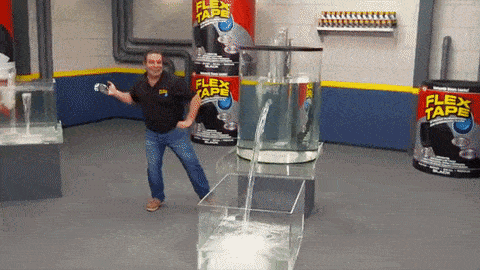Honestly, branding is superficial.
Branding, and especially a brand's “visual identity” — fancy logos, elaborate websites, trendy fonts, everything to do with the visual presentation of your brand — are so often discounted as "superficial" and not really important to running a business.
It’s thought of as a nice-to-have, but definitely not critical, investment. Maybe you'll get to it when you have a "really good" year or something.
I see people struggle to justify it all the time, and I’ve had to very consciously let go of *convincing* people that it’s valuable in order to keep my sanity.
But lately, I’ve been thinking about how the superficiality of branding isn’t a bug — it’s a feature.
We’ve all seen it before: you can slap a pretty aesthetic on a half-baked business idea, and it works REALLY well at drawing people in despite a very meh product.
Beautiful visuals are that good at duping people — so of course responsible business owners are wary of getting caught up in the surface-level glamor of it.
But when implemented intentionally, it can be an antidote to being way too deep in your head, overthinking who and what your business stands for.
This is because it brings the -concept- of your business into the sensory realm. You can see a logo. You can touch a business card.
As clients often say, “it makes it feel real.”
There is nothing frivolous about pulling concepts out of the depths of our heads and transforming them into something other people can see and understand.
It’s critical to having a business at all.
It’s no coincidence that people envision their future book on a shelf, the sign on their future storefront, imagine their voice in an interview, and practice other forms of visualization to reach their goals.
The sensory details are what bring your business to life.
They are what make it something that isn’t just in your head anymore - suddenly, other people can see and experience and share it with you.
And your visual identity determines what that experience is.
Whether you’ve intentionally created your visual identity or not, you already have one.
It evolves over time, starting from the first thing you ever create for your business that your audience sees — an IG story. A word document. The handwritten label on your first batch of product.
It then compounds and clarifies with each new thing you create. And you can choose to consciously build and guide it — or not.
You can direct your visual identity, but ultimately can’t control how others perceive it.
So, is it superficial to be intentional about how you show up and want to be seen? To curate your audience and clients’ experience of your work to be the best it can be?
No. It’s just taking responsibility for what you can control.
If your overall brand values/voice/mission/concept is a vast mycelial network of threads and synapses, invisible exchanges of information between you and your audience, being built in community with the rest of your peers and environment and context and culture…
Your visual identity is the mushroom growing above the surface, letting people know it’s THERE, and discerning it from every other type of mushroom out there on sight.
I’ll let you extend your own mushroom metaphor here.
If you're ready to get serious about intentionally curating your visual identity, the first step is to get really clear on what's going on in that "underground mycelial network" of your business, so we can bring it into the light. And that's what my next offer is all about.
You can book a quick fit call here for access to the beta rate before it publicly launches, only available through November. See you there!

